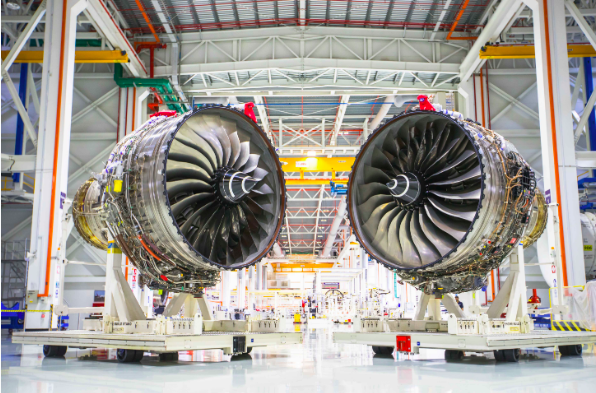
Rolls-Royce plans to increase engine production at its Singapore assembly plant at Seletar within the next few years as the uptake for widebody airliners shifts to Asia.
Showing off the facility ahead of the Singapore Airshow, Bicky Bhangu, Rolls-Royce president southeast Asia, Pacific and South Korea, said the plant will be upping its assembly rate from the current 200 engines a year to 230 by 2020. It has a maximum capacity to produce 250 of the high-bypass turbofans annually.
Singapore’s Seletar Assembly and Test Unit (SATU) assembles both the Trent 1000 for the Boeing 787 Dreamliner and Trent 7000 for the Airbus A330neo.
To prepare for the ramp up, Rolls hired around 71 more technicians in 2019, and is planning for 80 more. The Asia Pacific region is expected to take up 40% of Roll’s widebody engines in the next 20 years, and has seen some major orders such as AirAsia X’s A330neo with 66 on firm order, 14 A330neo with Garuda Indonesia and 16 A330neo with Cebu Pacific.
“We produce a good mix of both engine types, but the facility is modular and our specialist technicians are able to work on every cell regardless of engine types so that the flow line continues and would not be interrupted should we change from the 1000 to 7000. It has been designed to be really adaptable between the two, so that we can be flexible based on demand and the capacity from Derby [Rolls-Royce’s, main manufacturing plant in the UK]” said Bhangu.
Chris Davie, senior vice president, customers, Asia Pacific, noted that the Trent 1000’s recent operational problems have caused ‘regrettable levels of customer disruption’ and the company is working hard to resolve the issue. Currently, eight out of nine technical fixes have been introduced and the last item, the high pressure turbine blades, will be resolved by mid 2021.
Trent 1000s in service have suffered from premature wear of intermediate pressure turbine blades. New blades are being installed, but the revised thresholds set for the old blades had to be reduced following evidence of in-service cracking occurring before Rolls’ calculated cycle limit. Rolls-Royce is also investigating unexplained engine compressor surge issues.
In Singapore, flag carrier Singapore Airlines (SIA) saw some of its operations disrupted when the engine issue was found on its LCC subsidiary’s 787-8/9 and SIA’s own 787-10. Currently, of SIA’s 787s, all returned to service sometime around the 2019 Christmas season; other airlines still have 34 grounded around the globe, including six in the Asia-Pacific region. Rolls hopes to bring the global number grounded to a single digit by 2021.
To further help its customers, Rolls has established an MRO specialist center in Seletar and increased its engine overhaul output by 10%, allowing it to better manage the timescales it committed to with customers.
Across the road from SATU is the Fan Blade Singapore (FBSG) facility that produces the wide-chord fan blades for the Trent XWB, Trent 1000/7000 and Trent 900. Currently the plant is producing between 7,000 to 8,000 blades annually, ahead of the requirements across the globe, and is ready to meet any spike in engine production.
FBSG and a local robotics company KA Engineering, have also developed a foundry robot used during the super-plastic forming phase of blade production. The robot has replaced some of the manual procedures of removing the blades from the furnace, and has generated a 5%-10% increase in productivity. Ten robots have been installed since 2018, and Rolls-Royce plans to introduce the system to Derby by the end of 2020.
